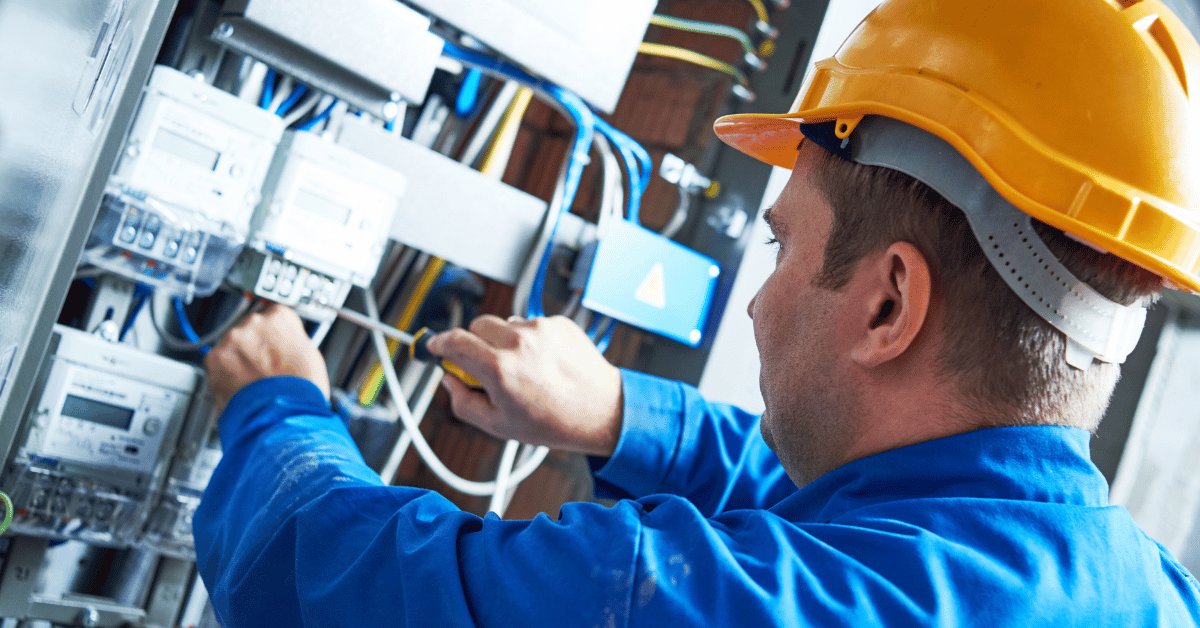LBNL CoE Reviews Packet Power's Environmental Monitors
The Center of Expertise for Energy Efficiency in Data Centers (CoE), located at the Lawrence Berkeley National Laboratory, recently completed an...
3 min read
![]() Packet Power Team
:
Apr 22, 2025 11:30:00 AM
Packet Power Team
:
Apr 22, 2025 11:30:00 AM

In the competitive real estate management landscape, controlling operational costs is crucial, particularly in multi-tenant properties. One effective strategy that has gained prominence is submetering—a system that tracks energy usage at the individual unit level. This allows property owners to monitor and manage energy consumption more effectively, leading to significant cost savings.
Submetering enables property managers and owners to bill tenants for actual energy usage, which can encourage conservation, reduce total energy consumption, and decrease utility costs across the board. This system is especially valuable in multi-tenant environments where allocating utility costs fairly and accurately can be challenging.

Submetering is more than just a utility management strategy—it's a transformative approach for multi-tenant property owners looking to dramatically reduce operational costs. By providing precise measurements of energy use per tenant, submetering facilitates accurate billing and fosters transparency and trust between property managers and tenants.

Implementing submetering systems allows for individual accountability in energy consumption, which can significantly influence tenant behavior. When tenants are responsible for their energy bills, they're more likely to be mindful of their usage, leading to overall lower energy consumption across the property. This shift results in direct cost savings and promotes a culture of energy efficiency among residents.
One of the most compelling aspects of submetering is the quick return on investment it offers. Properties that implement these systems can see cost recoveries in remarkably short periods—often within a year. This quick ROI is driven by several factors:
Beyond immediate savings, submetering contributes to long-term financial health and property value. Consistent reduction in energy costs leads to more predictable budgeting and can significantly enhance the appeal of a property to prospective tenants who value sustainability and control over their utility expenses.
Moreover, properties with submetering systems often meet higher sustainability standards, which can attract additional benefits like regulatory incentives and enhanced marketability.
The transformative potential of submetering is best illustrated through a real-world example. Consider the case of a former high school in Sioux Falls, South Dakota, which was remodeled into an auditorium and office space. Despite its historic roots, the building faced modern challenges—chief among them, managing energy consumption efficiently.
After retrofitting with Packet Power’s multi-circuit monitors, facility managers were able to pinpoint excessive energy usage within just 24 hours. Data revealed that the HVAC compressors in the auditorium were consistently exceeding their peak energy allotments, which resulted in significant additional charges.
With these precise insights, the building's management was able to adjust the HVAC system’s operational parameters, ultimately achieving nearly a 50% reduction in energy costs. Moreover, the quantifiable savings even secured an additional rebate from the utility provider through effective peak demand management.
While this case study highlights the benefits of a standalone property, the same principles and savings can be extended to multi-tenant properties. By implementing submetering, multi-tenant building owners can achieve similar energy cost reductions, promote tenant accountability, and drive overall energy efficiency across the entire property.
When selecting a submetering system, certain features stand out for their ability to enhance the implementation and effectiveness of energy management:
Submetering extends beyond simple cost savings, aligning with broader regulatory requirements and Environmental, Social, and Governance (ESG) goals. In regions like New York, Local Law 97 mandates significant emissions reductions for buildings over 25,000 square feet.
Submetering plays a crucial role here by providing the necessary data to prove compliance and avoid potential fines. Furthermore, implementing such systems supports certifications like LEED, ENERGY STAR, and ISO 50001, enhancing a property's marketability and tenant appeal by meeting sustainability targets.
Packet Power’s wireless circuit monitoring systems are at the forefront of submetering technology, offering tailored solutions that empower property owners with detailed insights into their energy usage. These systems facilitate:
As the demand for efficient and sustainable building operations continues to grow, now is the perfect time for property owners to consider the strategic benefits of submetering. Packet Power’s innovative solutions offer a pathway to significant cost reductions, ensure compliance with evolving environmental regulations, and contribute to achieving ESG objectives.
Are you ready to take control of your energy costs and enhance your building’s operational efficiency? Contact Packet Power today for a personalized consultation.
Discover how our submetering solutions can be seamlessly integrated into your properties, providing you with the tools to transform your energy management strategy and achieve long-term sustainability goals.

The Center of Expertise for Energy Efficiency in Data Centers (CoE), located at the Lawrence Berkeley National Laboratory, recently completed an...

With the signs of climate change everywhere and energy prices widely expected to continue increasing, people are looking for more ways than ever to...

Your energy costs are likely going up. It's an unavoidable expense because you need electricity to do business. How can you reign this in? The first...